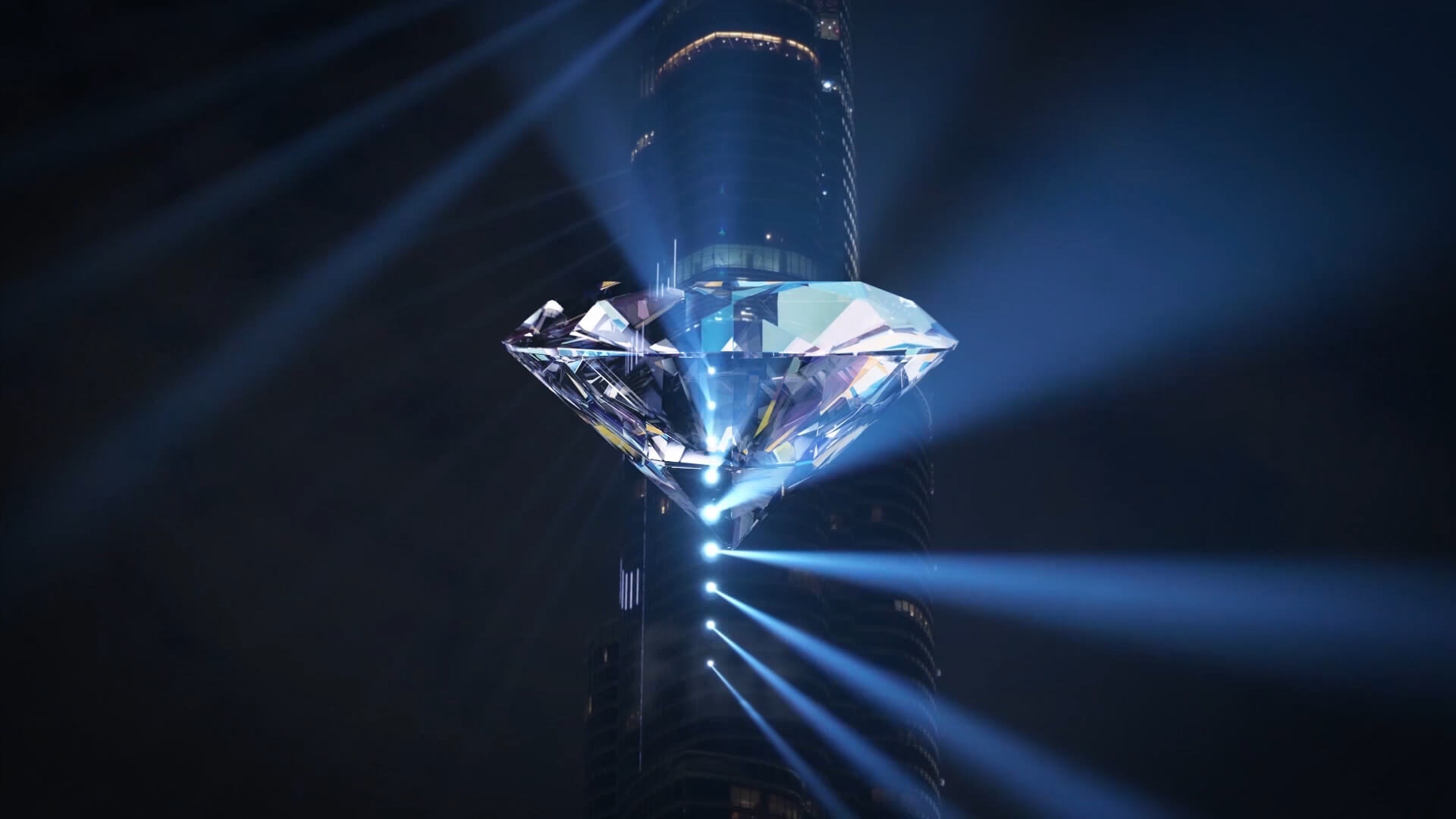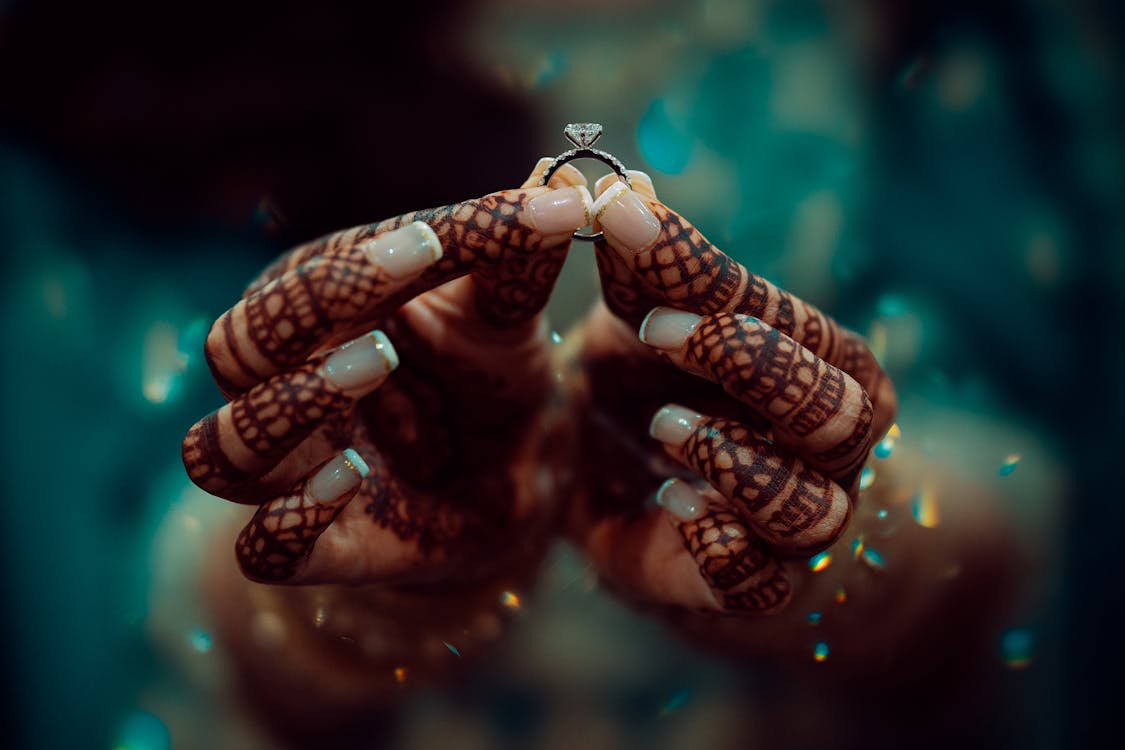Lab diamond rings have become an increasingly popular choice for those seeking beautiful, ethical, and affordable diamonds. Whether you’re shopping for an engagement ring, wedding band, or special gift, lab diamond rings offer the same stunning qualities as mined diamonds, with the added benefit of being created in a controlled, sustainable environment. This guide will provide valuable information to help you navigate the process of selecting, purchasing, and caring for the perfect lab diamond ring.
What Are Lab Diamond Rings?
Lab diamond rings feature diamonds that are grown in laboratories rather than being mined from the Earth. Using advanced technology like High Pressure High Temperature (HPHT) or Chemical Vapor Deposition (CVD), lab-grown diamonds are formed under controlled conditions that mimic the natural process of diamond formation. The result is a genuine diamond with the same physical, chemical, and optical properties as a mined diamond. guides lab diamond rings emphasize that these stones are virtually identical to natural diamonds, making them an excellent choice for those who want a high-quality ring without the environmental or ethical concerns associated with mined diamonds.
Why Choose Lab Diamond Rings?
There are many reasons why lab diamond rings have become a top choice for consumers. One of the most significant advantages is their affordability. Lab diamonds are typically 30-40% less expensive than mined diamonds of comparable quality. This means you can purchase a larger, higher-quality stone for the same price or invest in a more intricate setting or custom design. Guides to lab diamond rings often highlight this price advantage, making lab-grown diamonds an attractive option for budget-conscious shoppers.
In addition to their affordability, lab diamond rings are an ethical and sustainable choice. Mined diamonds are often associated with environmental destruction and human rights issues, such as exploitation of workers in conflict zones. Lab-grown diamonds, on the other hand, are created in a controlled environment without the need for harmful mining practices. As guides to lab diamond rings explain, this makes lab diamonds a conflict-free and environmentally friendly option for those seeking to make a more responsible purchase.
Understanding the 4Cs of Lab Diamond Rings
When shopping for lab diamond rings, it’s essential to consider the 4Cs: Cut, Color, Clarity, and Carat weight. These factors directly influence the appearance, quality, and price of the diamond. Guides to lab diamond rings emphasize the importance of understanding how each of the 4Cs affects the diamond you choose.
The Cut of a diamond refers to how well it has been shaped and faceted, influencing its brilliance and sparkle. Lab diamonds are often cut with precision to maximize light reflection, resulting in a diamond that dazzles. Most guides to lab diamond rings recommend selecting a diamond with an excellent or very good cut to ensure maximum brilliance.
Color is another important factor. Lab diamonds are graded on a scale from D (colorless) to Z (light yellow or brown). The most sought-after lab diamond rings feature diamonds in the D-F range, which are considered near-colorless and offer the best visual appeal. Guides to lab diamond rings suggest prioritizing diamonds in this range to achieve the brightest, most vibrant appearance.
Clarity refers to the presence of imperfections, or inclusions, within the diamond. Lab diamond rings often have fewer inclusions than mined diamonds, as they are created in controlled environments. The higher the clarity grade, the fewer imperfections are present. Guides to lab diamond rings typically recommend diamonds with clarity grades of VS1 or higher for a flawless appearance.
Finally, carat weight determines the size of the diamond. While larger diamonds can be more expensive, lab-grown diamonds often allow for a larger stone at a more affordable price. Guides to lab diamond rings suggest considering the other 3Cs in conjunction with carat weight to find the right balance between size and quality.
Where to Buy Lab Diamond Rings
When it comes to purchasing lab diamond rings, it’s crucial to buy from reputable retailers who specialize in lab-grown diamonds. Many online and brick-and-mortar jewelers offer a wide selection of lab diamond rings, but it’s important to look for trusted brands that provide clear and transparent information about their diamonds. Guides to lab diamond rings often recommend looking for retailers that provide certifications from recognized grading labs, such as the Gemological Institute of America (GIA) or the International Gemological Institute (IGI), to ensure that you are purchasing a high-quality diamond.
Many online retailers allow you to view diamonds in high-definition images or videos, which makes it easier to inspect the quality of the stone before purchasing. Furthermore, some websites allow for customization, enabling you to choose the setting, metal type, and other features of your lab diamond ring. As guides to lab diamond rings suggest, this customization process can help you create a unique and personalized ring that fits your exact preferences.
Customizing Your Lab Diamond Ring
One of the most appealing aspects of lab diamond rings is the ability to customize them to suit your personal style. Whether you’re designing an engagement ring or a special piece of jewelry, lab diamonds offer flexibility in terms of cut, setting, and metal choice. Guides to lab diamond rings often recommend working with a jeweler who specializes in custom designs to ensure that your vision comes to life with precision and attention to detail.
When customizing your lab diamond ring, you can choose from a variety of cuts, such as round, princess, oval, or emerald, depending on the style you prefer. Additionally, you can select from different metal options, including platinum, gold (yellow, white, or rose), or even alternative metals like titanium or tungsten. By working with a jeweler who understands the unique qualities of lab diamonds, you can create a stunning ring that fits your personality and budget.
Caring for Your Lab Diamond Ring
Proper care and maintenance are essential to preserving the beauty and longevity of your lab diamond ring. Fortunately, lab diamonds are just as durable as natural diamonds, with a hardness of 10 on the Mohs scale. This means they are resistant to scratching and can withstand everyday wear. However, guides to lab diamond rings recommend taking a few precautions to keep your ring looking its best.
To clean your lab diamond ring, use a soft cloth and mild dish soap mixed with warm water. Gently scrub the diamond with a soft brush to remove any dirt or oil buildup. Avoid using harsh chemicals or abrasive cleaners, as they can damage the metal setting. When not wearing your lab diamond ring, store it in a soft pouch or a jewelry box to prevent scratches and damage.
Conclusion
In conclusion, guides to lab diamond rings provide valuable insight into the process of selecting, purchasing, and caring for these stunning, ethical, and affordable diamonds. Lab diamond rings offer the same beauty and brilliance as mined diamonds but with the added benefit of being conflict-free and environmentally friendly. By understanding the 4Cs, knowing where to buy your ring, and considering customization options, you can find the perfect lab diamond ring that fits your style, values, and budget. Whether you’re buying an engagement ring or simply treating yourself to something special, lab diamond rings provide an excellent choice for any occasion.



